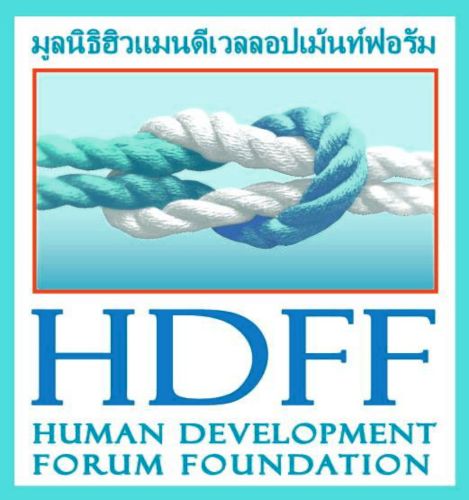Ceasefire has effect on number of casualties
On July 12, the Baranasi Revolusi Nasional (BRN) signed a ceasefire agreement with the Thai government, set to last during the month of Ramadan. The 40-day ceasefire agreement has been called the “Ramadan Peace Initiative” and although violence has not stopped altogether, the number of casualties has been the lowest since January 2013. 47 persons were injured and eight died over the past month. The death toll is the lowest since HDFF started recording in March 2012.
Most casualties were found in Yala and Narathiwat province (22 victims each) while Pattani was relatively more peaceful with 11 persons reported injured or killed. Typically, Pattani and Narathiwat are the most dangerous provinces and it is in Pattani province that the main difference has been felt over the past month.
Mainly military casualties
Most of the casualties over the past month have been military or police personnel and defense volunteers (43 of 55). Civilians have been relatively spared compared to previous periods. There has however been increased pressure on academic personnel and many of the military staff injured or killed were providing protection for teachers. An improvised explosive device (IED) attack on July 24 killed two teachers and gravely wounded another in Narathiwat’s Chanae district. This attack was the worst for teachers since December 2012. Another bomb explosion was also recorded inside school grounds in Bannang Sata district, Yala. The bomb was detonated when a defense volunteer approached it, while all children were in class.
Morning attacks
The majority of the casualties over the past month were killed or injured in the morning, between 6 AM and noon, often while going to work or, in the case of military/police personnel, while accompanying academic staff to schools. Over the past six months, IED attacks have caused more casualties than shootings, previously the most common type of attack. This pattern continued in July.



Comments are closed